
NFB StopMo Studio: A new Challenge for Creativity
NFB StopMo Studio: A new Challenge for Creativity
This is a guest post written by educator Paul Carrière, plastic arts teacher, elementary level, FACE School, CSDM. All photographs were taken by grade 3 students in Paul’s class with an iPad.
Like its predecessor PixStop, the NFB’s new app for iPad, NFB StopMo Studio, is a great, inexpensive tool that makes it easy to produce frame-by-frame animated films. StopMo Studio offers a wide range of features and very gently hints that we, teachers may need to go back to the drawing board. It has been my experience that an app of the calibre of StopMo Studio can get students’ creative juices flowing and even inspire teachers to review their teaching strategies. Students who are used to lecture-style explanations on a video projector or the blackboard are more receptive and engaged when I teach them using an iPad. They can quickly and immediately put what they’ve just learned into practice. I’ve noticed that to my young creators, the iPad is no big deal; it’s just an everyday tool. They used StopMo with impressive studiousness. They explored all of the illustration tools for producing different textural, depth and transparency effects. They were curious about the overlay feature and fascinated by the paint-brush options.
StopMo’s introduction of the musical scoring feature completely changed my teaching habits.
With the number of sound tracks that can be added and adjusted, and the sound effects bank included in the app, students could do their sound editing on their way home while sitting comfortably in the subway, on a bus or in their parents’ car. StopMo takes the classroom out of the school and gives school work a whole new meaning.
All of this makes me think that working with an iPad subtly pushes users to change their approach to the creative process. Personally, because I teach children between the ages of six and nine, my first impression of StopMo was, “We’ll never use all of this; it’s already complicated enough.” Was I ever wrong! When I first demonstrated that the app made it possible for us to import other photos in addition to the ones from the current film, to draw on them and even to insert them into the film, the children immediately began suggesting ideas they wanted to work on. I felt as though the lights in my classroom were shining a bit brighter.
I must say that, over time, most of my students developed amazing Information and Communication Technology (ICT) skills as we produced projects involving photography, cartoons, animated film and scoring. Many developed the ever-important instinct to explore, try new things and create without being afraid to make mistakes along the way.
So, will less experienced students be able to make the most of StopMo? Absolutely, because every frame-by-frame animation project develops the skills and attitudes needed to succeed. It doesn’t take long before even the more inexperienced users start taking advantage of everything StopMo has to offer.
Thinking, discussing, working together
We started by forming teams that brainstormed imaginary worlds, sketched out storyboards and then students presented them to their classmates. We worked on the making sets and props were made as we prepared for filming to begin shortly. In order to better familiarize ourselves with the app, we tested out its features using everyday items.
However, there has always been one problem with our animated films: their length. Our average runtime for past projects was about 15 seconds, which makes musical scoring and plot development tricky. While working on a joint project involving a Christmas mural with my students, I had the idea of making one film in a continuous mode, from hour to hour, class to class, with all 60 students working on the production individually, and as a group. Each class was divided into four teams (A, B, C and D) and filming began in the first period, continued through the second period, and so on, for two days. Using this approach, incoming group A didn’t have to waste time putting up sets again, but instead continued the project from where the story left off. It made for some speedy, fun and efficient filmmaking!
A little more? Why not! Green screen!
The green screen technique can incorporate students’ cartoons, paintings and drawings into their films. GarageBand provides the scoring component and iMovie gives them the chance to add the finishing touches.
Art creates lasting memories in the minds of children, memories brimming with creativity and the joy of encountering the other. I certainly won’t be passing up the endless opportunities StopMo offers to give my students these lifelong memories!
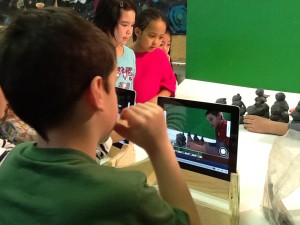
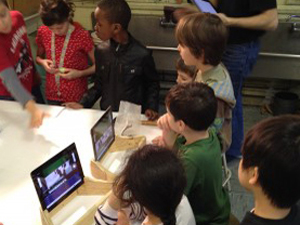

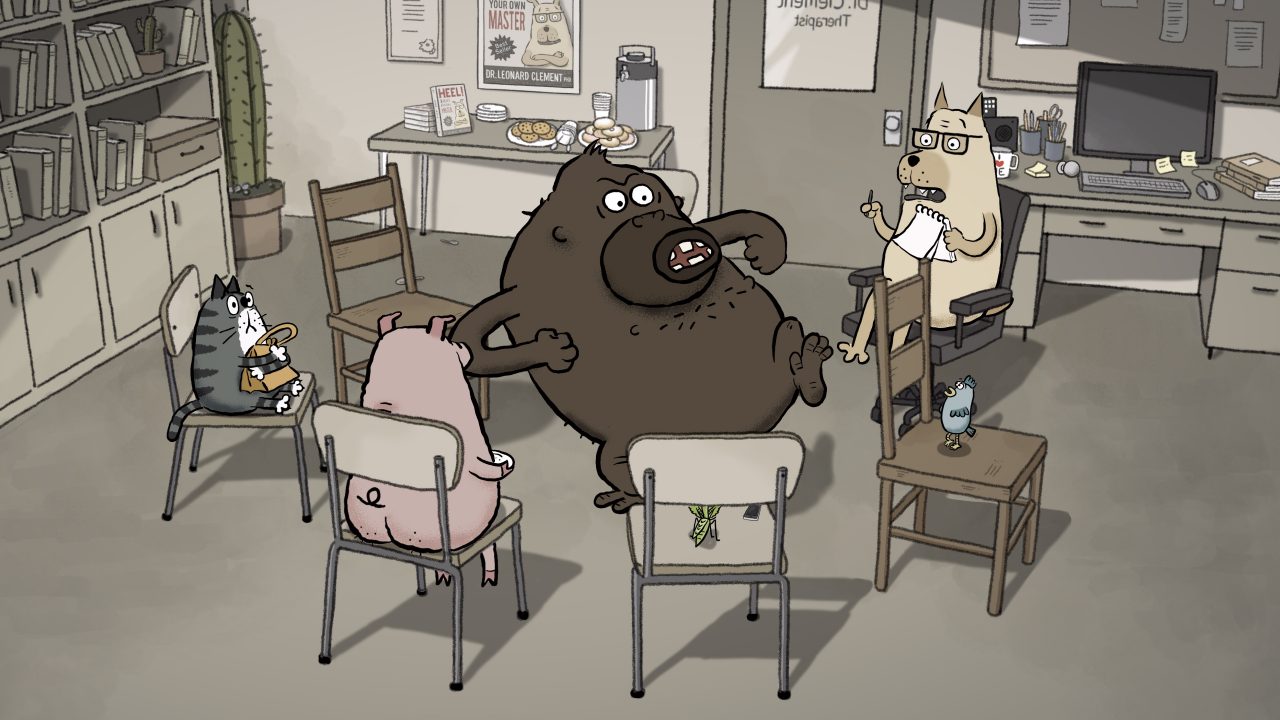
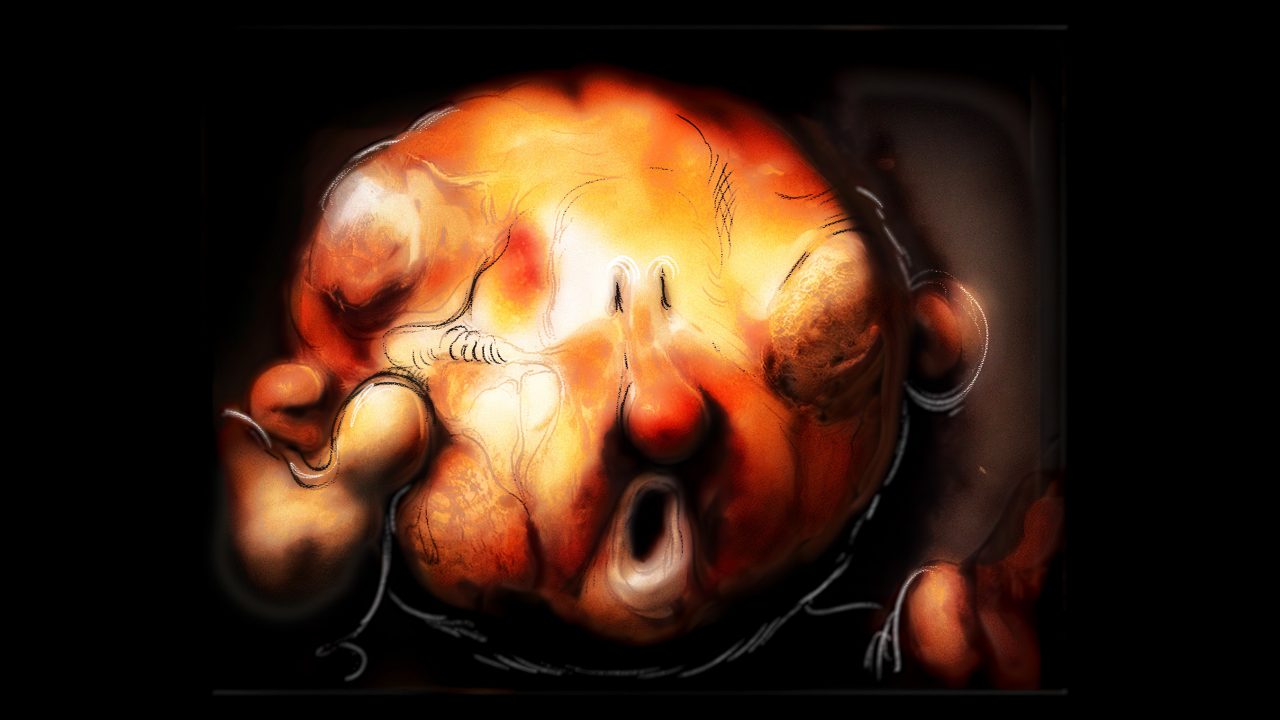
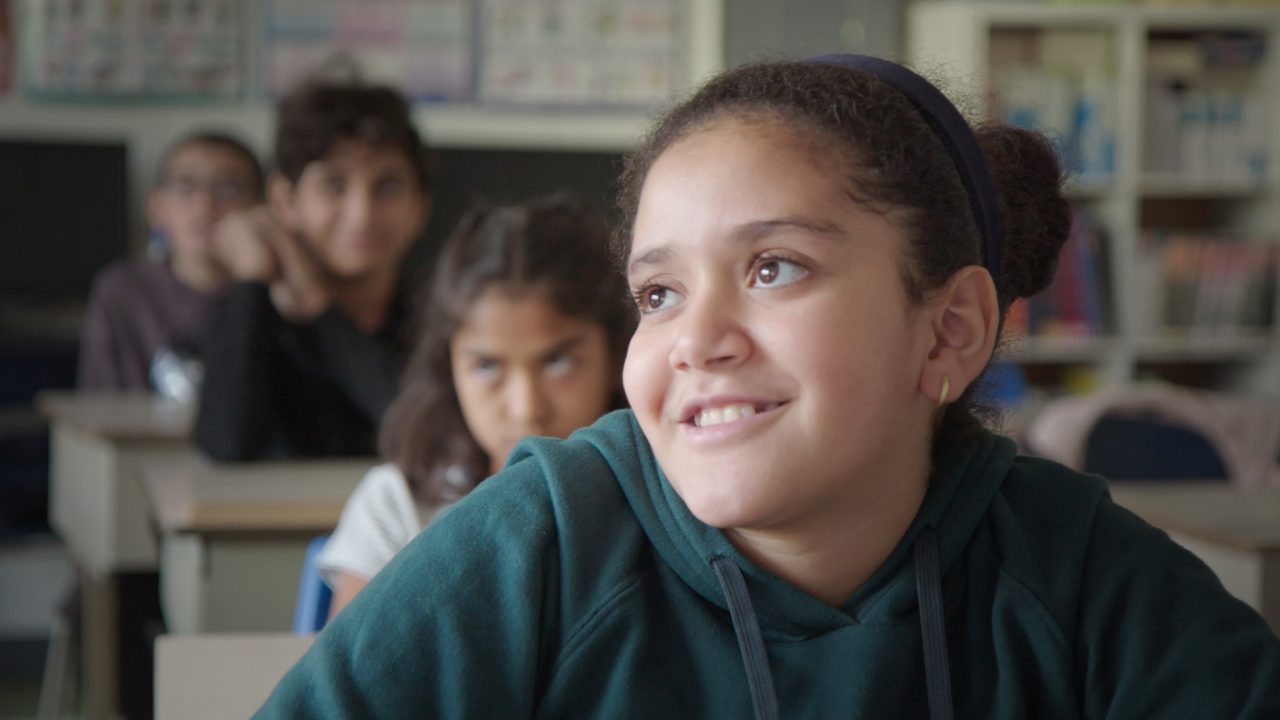
Hi you suggest that green screen is possible but where can I learn how to do it using Stop Mo? Are other programs like I movie required?
Can’t find the Stopmo app at the Apple store. Is it actually available yet?
Hi George, you should be able to get the app through this link to the iTunes store: https://itunes.apple.com/ca/app/nfb-stopmo-studio/id828606885?l=en&mt=8
Let us know if it doesn’t work.
Thanks!